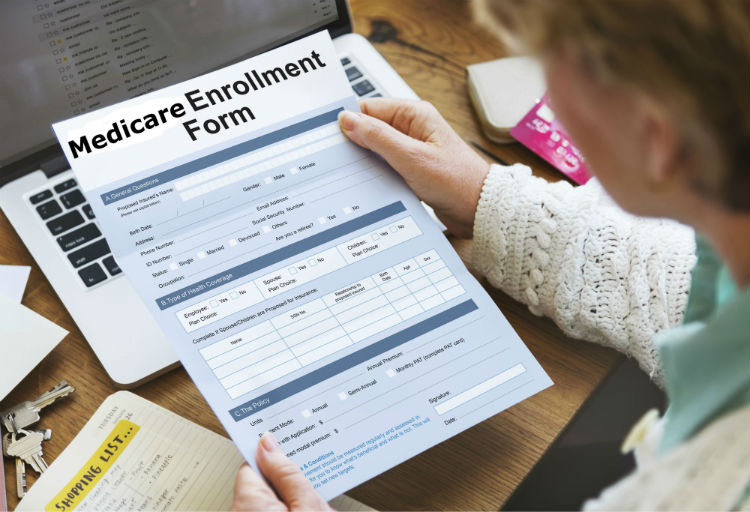It’s that time of the year! From October 15 until December 7, Medicare beneficiaries will be able to change their choices for Part D (prescription drug) coverage, enroll in a Medicare Advantage plan, change Medigap plans, and/or change Medicare Advantage plans.
Just writing that sentence gives one a knot in the stomach. Too many choices, not enough information. Where should you begin?
First, your care recipient should have received an annual notice from the companies that are supplying their coverage. Some of the packages look overwhelming and one just longs to discard them. But wait. At least take out the thinner booklet–the Annual Notice of Change (ANOC)–and look at the first few pages.
Is the plan premium going up? If so, is it going up a LOT? If the increase is 10% or higher, that indicates that there may be a better alternative out there.
What about the deductible? If it used to be zero, and now it’s not, that’s another indication that you may want to think about changes. The more difficult information to assess is changes in the drug premiums.
When I opened my packet, I saw the company had added another “tier” to the generic drugs. I take generic drugs. How will this affect me?
Is your loved one in a Part C/Medicare Advantage/ Managed Care plan? Do you have any idea what you paid out in copays this year? Were there unexpected expenses that the plan did NOT pay? Are they likely to recur? You may want to consider changing to a Medigap plan with fixed costs.
Conversely, are you paying for a Medigap plan, but your loved one has few, if any, physician visits, except annual wellness checks and preventive benefits? If your relative lives in the same area year-round, you may want to investigate Medicare Advantage plans with lower premiums and possible additional benefits like hearing and vision assistance.
It is wise to assess these things each and every year. But if you haven’t reassessed in at least three years, you need to think about having a “checkup.” A number of options exist:
- Use the Medicare Mini Check tool to take advantage of the resources offered by the National Council on Aging.Fill out the four simple questions on this assessment and then see what next steps and resources are recommended for your particular Medicare situation. Through this tool, you can also access free professional advice about Open Enrollment from a licensed benefits advisor.
- Find a State Health Assistance Insurance Program (SHIP)counselor in your region. SHIP provides free, federally funded one-on-one Medicare counseling. You can visit the SHIP website or call their toll-free number at 1-877-839-2675. However, be forewarned—it is often difficult to access this program during the Open Enrollment period because of SHIP's dependence on volunteer Medicare expert. The system can easily become overwhelmed during busy enrollment periods. You can also call your local "Area Agency on Aging" and ask if they are hosting any public information sessions about Open Enrollment that you can attend. That will provide you with a helpful intro to the topic, and you may even be able to ask questions publicly and privately.
- Call 1-800-MEDICARE (1-800-633-4227), the Medicare program's toll-free number. You may have to wait. Try to call during “off hours.” Once you get an advisor, make sure that they tell you what your loved one’s “saved drug ID” and “password date” are so that you can use this informationto do your own research on whether their drug formulary has changed.

